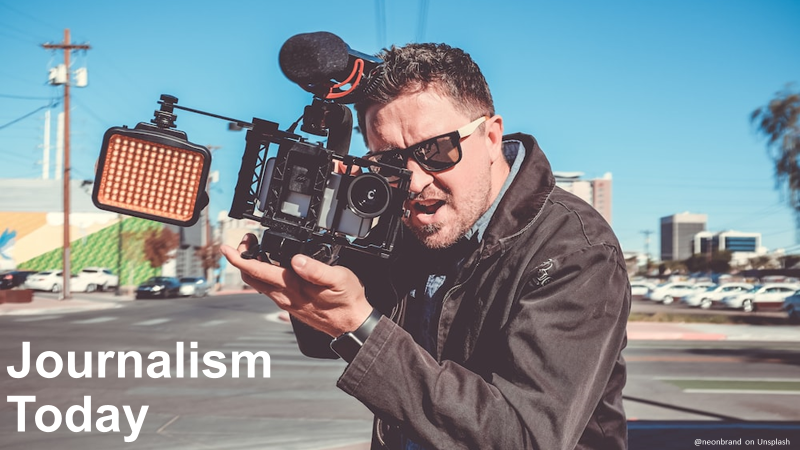You are here
Teaching Creativity in a Creative Town - Creative Places + Spaces Conference, Toronto
Creativity Marketplace
Creative Places + Spaces Conference, Toronto, 30 Sep.-1 Oct. 2005
Teaching Creativity in a Creative Town
Axel Bruns and Jane Turner
-
30 September 2005, 1.30-6 p.m. - Koolhaus/Guvernment Complex, Toronto
In 2002, Queensland University of Technology developed the world’s first Creative Industries Faculty and introduced the new Bachelor of Creative Industries degree, replacing its existing Bachelor of Arts offering. The degree is designed to be inherently interdisciplinary, and aims to provide students both with the creative skills to develop and realise innovative ideas for projects in the creative industries field, as well as with the theoretical and conceptual knowledge to understand and operate effectively within the emerging creative economy in Australia and other nations.
The connection between individual creativity and industrial settings has proven to be most crucial in this respect. The very term creative industries is attacked on occasion for its bringing together of apparently mutually exclusive aspects, and yet it is evident from creative industries and creative industries policy developments around the world that the reconceptualization of arts, media, and other related sectors as creative industries does hold great opportunities for local and national economies as well as for creative industries practitioners themselves.
This presentation will focus especially on the question of how to present this paradigm shift in teaching early undergraduate students. It builds on the author’s work in developing the world’s first undergraduate core unit in creative industries (a required subject taken by all students enrolled in the Bachelor of Creative Industries during their first year of study). Introducing commencing students to and enthusing them about the creative industries as creative industries, rather than as an amalgam of arts and media, and enabling and encouraging them to explore, express, experiment with, and ultimately also exploit their own creativity in an interdisciplinary and flexible teaching environment is crucial especially at this early stage of their studies as it starts them on a trajectory to be pursued throughout the rest of their degree.
A further requirement for student work at this level is also that it must provide authentic learning tasks that model real-world experiences and projects as well as help students make the connections between theory and practice, between individual creativity and industrial environments. For early undergraduate students such work must be gently scaffolded to stress the wide range of opportunities available to them rather than make them feel threatened by the full breadth of creative industries projects on offer.
For the creative industries undergraduate core unit, therefore, we have developed a fictional yet authentic learning environment which models a real-life regional city in South-East Queensland, Australia, and which provides students with various opportunities for creative industries projects. This ‘creative town’ is introduced through its city council Website (http://creativetown.ci.qut.edu.au/), and students explore it throughout the semester as part of their work for the unit. Their assessment work in the unit also models common real-life practices in the creative industries: students are first asked to work in groups to propose creative industries-related projects to either the city or business councils of the town; this builds on the realisation that creative industries work is generally undertaken through project-based employment and in portfolio-based careers. Later, students take on the role of a council advisor, evaluating some of the submitted proposals from the point of view of a potential funding organisation (another common form of employment for graduating creative industries students).
The creative town concept represents a ‘creative space’ for the student cohort. The concept is a simulated environment, currently created in flat media and presented via a combination of web based information, blogs from fictitional characters and archived [fictitional] newspaper stories. A greater part of the design effort in the construction of this creative space has gone into the construction of a visual identity for the town.
This visualisation is a prototype rich media environment created with a view to providing real life practice space for the students and enabling a sense of engagement and ownership. Successful student projects will be built into the existing town and the students themselves become participatory contributors. The next stage of the creative town project is to develop a full immersive environment such as those offered by massive multiplayer games like Sony’s Everquest. These rich environments have been shown to create a strong sense of identity and engagement among their participants.
The creative town environment enables the modelling of current trends in South-East Queensland and other comparable regions around the world, which have seen the gradual decline of primary and manufacturing industries and the simultaneous rise of the service, information, and creative industries sectors. Many such regions have introduced policies and programmes to support and grow their creative industries and related sectors; the Queensland State Government recently introduced its ‘Smart State’ agenda, for example, which aims at fostering creativity and innovation in this region. The creative town presents a city right in the middle of this paradigm shift, attempting to become a creative place, and manifesting many of the opportunities and threats, strengths and weaknesses of such cities as they undergo significant structural changes. At the same time, the fictional nature of this space enables the removal of some of the complexities of ‘real’ cities in an effort to make this space more accessible to first-year students. It is also a growing and malleable space, where successful student project ideas from previous semesters can be written into the scenario (while by contrast it is also envisaged that students would continue to pursue strong project ideas beyond the scenario itself, translating it into the environment of a ‘real’ city).
This exhibition, therefore, will present the creative city environment, its rationale and operating philosophy, and student works developed for it, and in doing so will demonstrate a new approach, if not to the teaching of individual creativity itself, then to the teaching of successful strategies for realising the full potential of individual and group creativity in a local creative industries environment.
Biographical Information
Dr Axel Bruns teaches and conducts research about creative industries, online publishing, electronic creative writing, online communities, and popular music in the Creative Industries Faculty of Queensland University of Technology, Brisbane, Australia, where he also coordinates the Creative Industries undergraduate core unit. He is a founding editor of the premier online academic publication M/C – Media and Culture, and of dotlit: The Online Journal of Creative Writing.
He holds a PhD in media and cultural studies from the University of Queensland. His doctoral thesis was recently converted into a book, Gatewatching: Collaborative Online News Production (New York: Peter Lang, 2005), which analyses a major new genre of online news, information and discussion Websites including Indymedia, Slashdot, and the growing range of Weblogs and provides wide, systematic perspective on gatewatching and open news. More information on his research can be found on his Website at .
truna aka Jane Turner works at the intersection of games design and educational design. She is currently involved in the development of massive multiplayer environments for ACID, the Australasian CRC for Interaction Design.
- Add new comment
- 42688 reads
 Printer-friendly version
Printer-friendly version

![Creative Commons Attribution-NonCommercial-ShareAlike 2.0 License [Creative Commons Attribution-NonCommercial-ShareAlike 2.0 License]](http://creativecommons.org/images/public/somerights20.gif)




